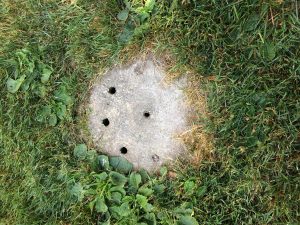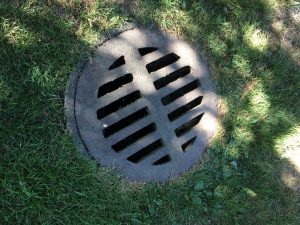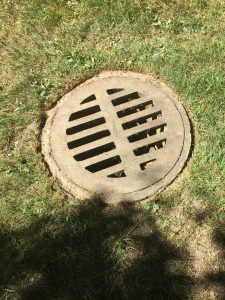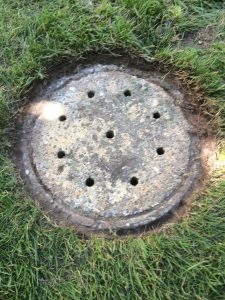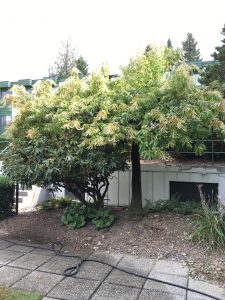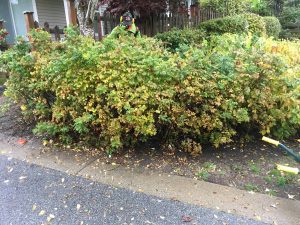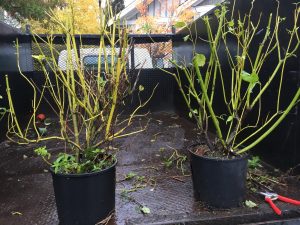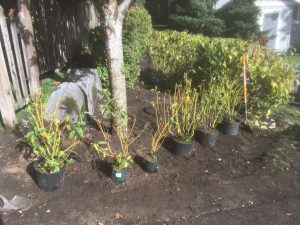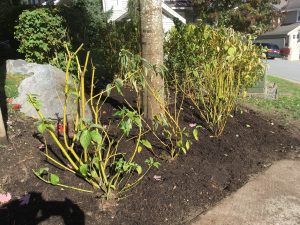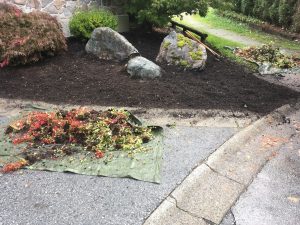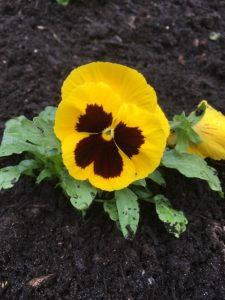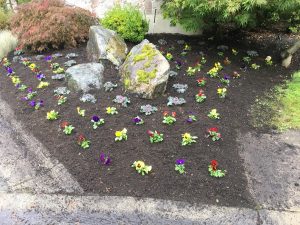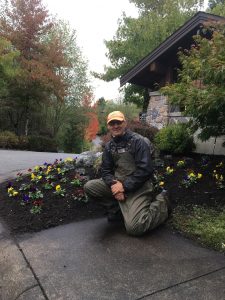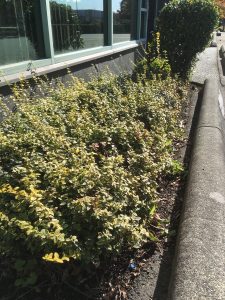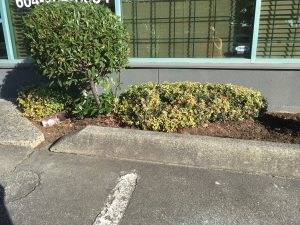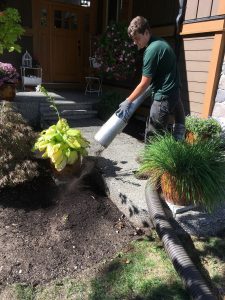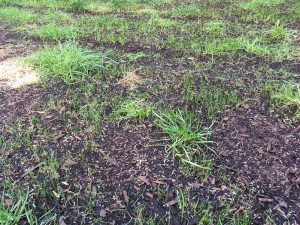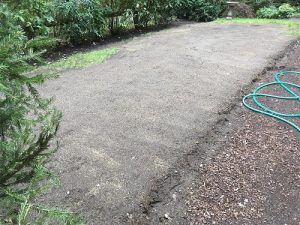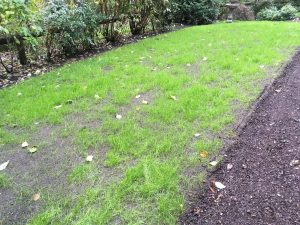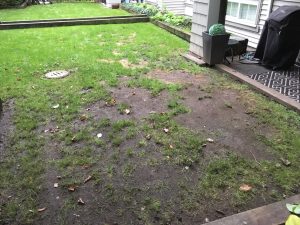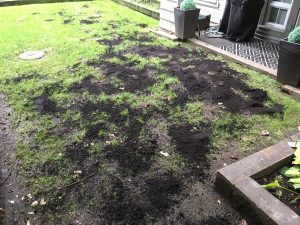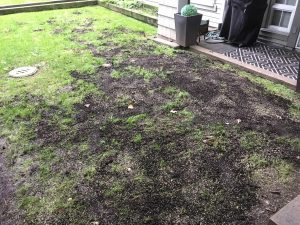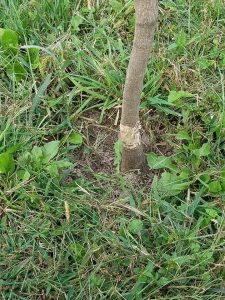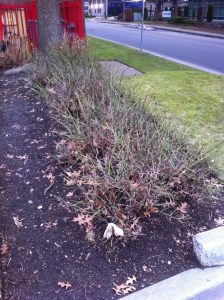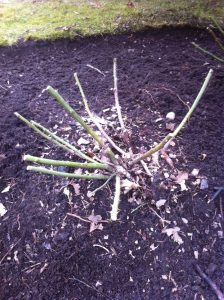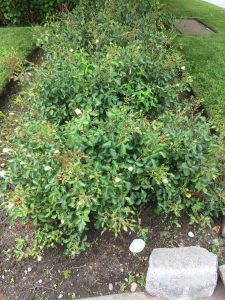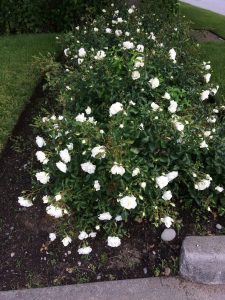There are many simple improvements you can make in your landscapes. And they don’t cost tons of extra cash or time. You just have to work them into your regular maintenance schedule. Below are a few examples.
Drains
Drains in lawns are often forgotten until one day they get swallowed up by your lawn. Don’t let it happen. Let me illustrate with a quick story. Many seasons ago I was in charge of maintaining a smaller strata complex in North Vancouver, British Columbia. One day, water people came in looking for controllers. Except they weren’t able to locate them. It took extra phone calls and searches for them to realize that the controller in question was under the lawn.
Once they dug it up and did their thing, they gave me a speech on maintaining drains and covers in lawns. And even though it wasn’t my fault, this episode stayed with me. So now I keep all drains and covers in lawn areas nicely blade edged so they can be located and accessed. And the best part is that you don’t have to do it weekly. Once in a while will suffice.
This problem can be easily fixed with a blade edger.
Plant separation
This another overdue procedure. Note how the rhododendron and the sourwood tree (Oxydendrum arboreum) co-exist without any separation. This will only get more pronounced as time goes on. And how do we enjoy the rhododendron flowers?
I had a meeting at this site in spring and the strata council didn’t want anything pruned (correctly) before flowering. But when I showed up in August, I couldn’t help myself. I removed branches from the sourwood tree and also some of the height from the rhododendron. See the picture below. What do you think?
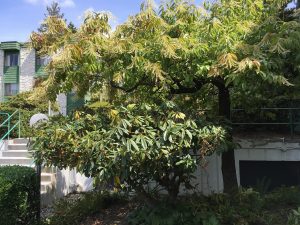
This wasn’t anything serious. I removed some tree branches and some high stuff from the rhododendron.
I suspect we’ll be able to nicely enjoy the rhododendron flowers next year. This was another simple landscape maintenance procedure. It just has to be squeezed into your regular weekly scheduled tasks. But like the blade edging above, it won’t have to be done again for months.
What simple improvements can you make to your garden and landscape?


